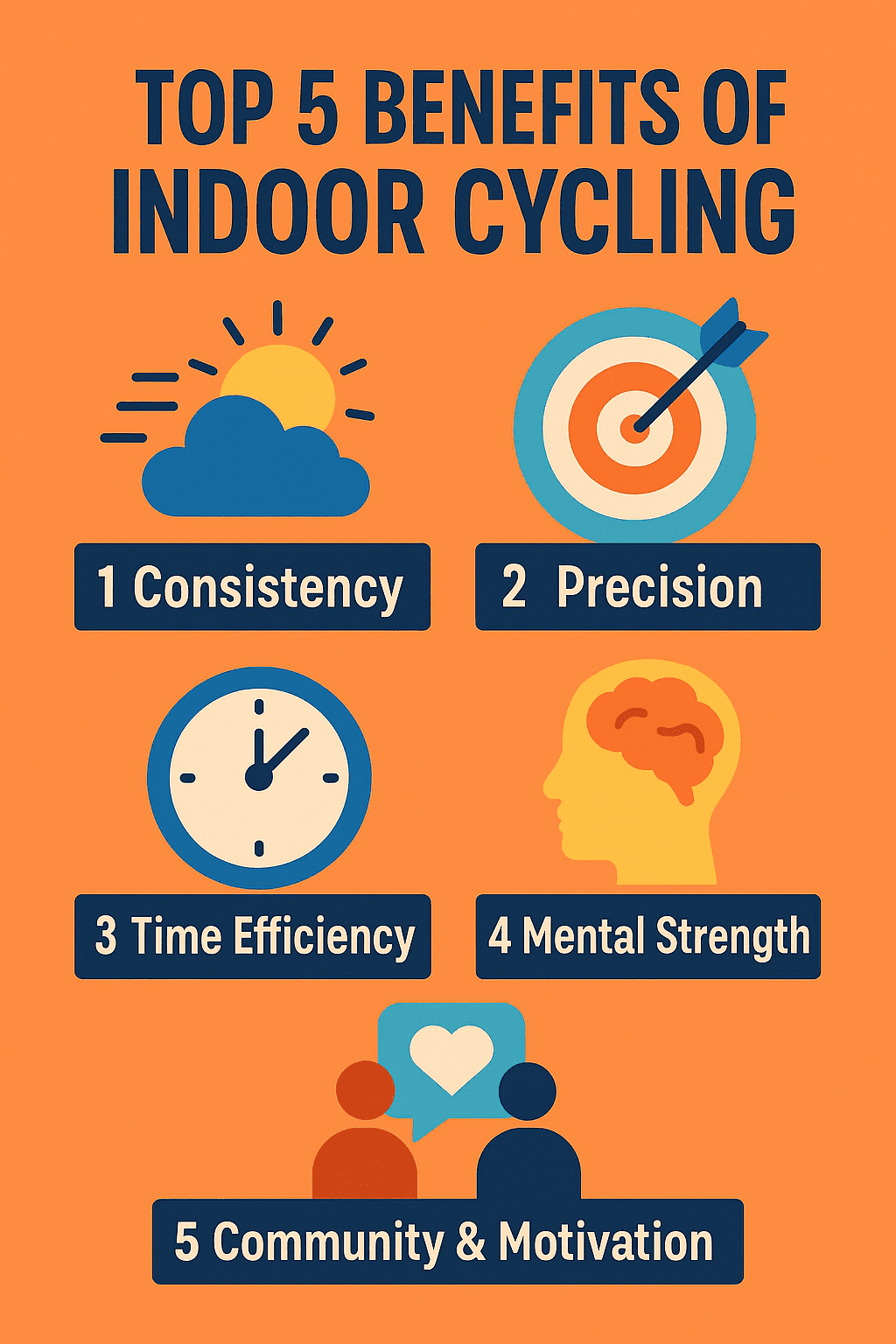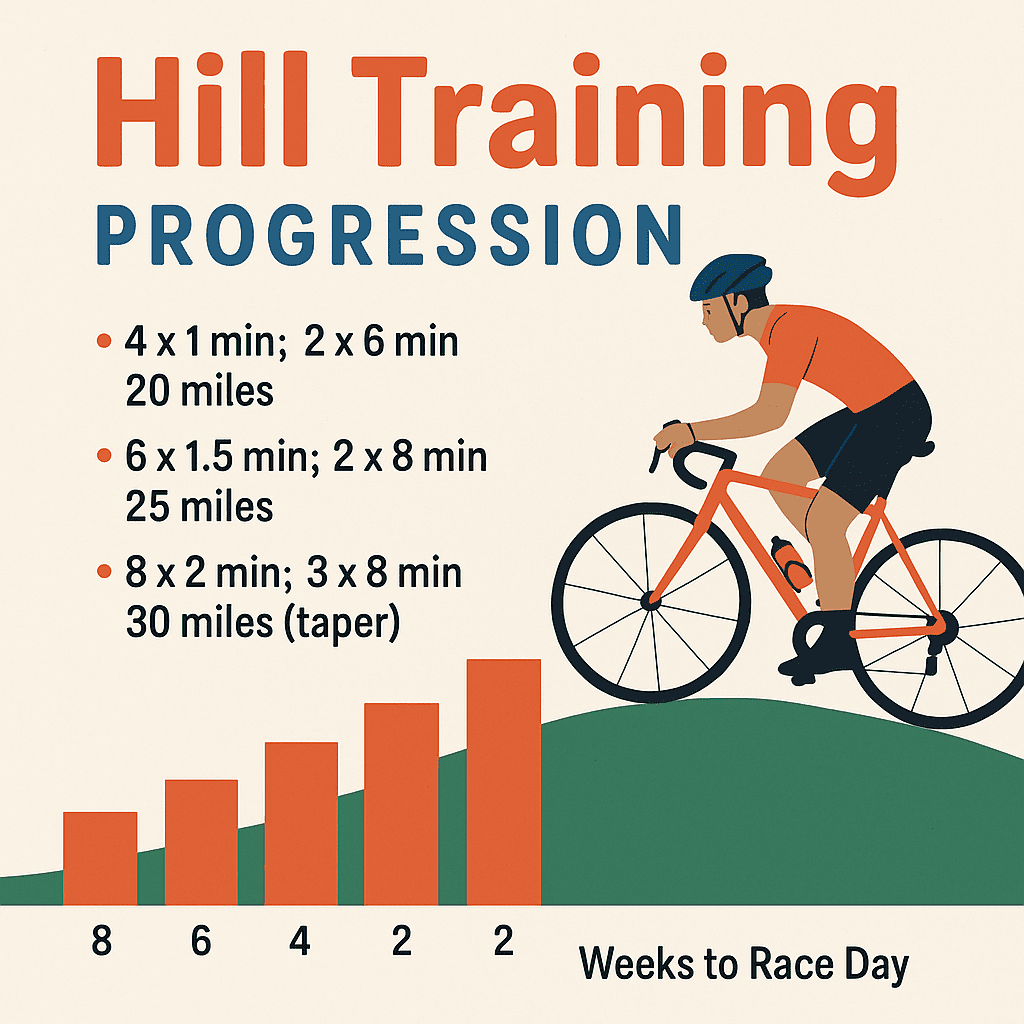Weightlifting for Endurance & Achieving Race Day Physique
Congrats to everyone on making it to the end of the triathlon season! You survived your last race and ready to call it a season for 2017. Hopefully you were able to reach your goals and set some PR’s. Now the next question is: What does your off-season look like? Whether its filled with snowy downhill madness or catching up on those Netflix shows, you can start preparing for next years races without swimming, biking, or running for hours and hours a day. Swimming, biking, and running are awesome and all.. and I’m not about to ask anyone to completely ax those from their schedule (don’t worry, you can and SHOULD keep practicing those). If you suffer from overuse injuries (Eh-hem… Running..), this cross training method will give you the perfect chance to recover.
. . .
Weightlifting
. . .
Most people shudder when they hear the word, in fact, a lot of people associate weightlifting with injuries and bad backs. With the right form, and starting off on the right foot (not literally lol), you’ll minimize the chances of injury while kicking any plateaus you’ve hit to crush limits. In my own experience, I struggled to get below the 9:00 minute/mile pace range in a stand alone 5k run. After one season of weightlifting partnered with my triathlon training, I was able to get my 5k time down to 7:24 minute/miles pace (that PR was set at the end of a triathlon, so yeah.. kind of crazy to do that after swimming and biking!). These results can be credited to my awesome coach Rory Duckworth and my husband Nic Bartholomew for getting me into weightlifting (it took a few years of convincing haha). I have also talked with multiple professional triathletes to ask about their involvement with weightlifting, all of them doing 3+ strength training sessions a week.
The basics of weightlifting, and doing it the RIGHT way-
Obviously you want to have perfect or near perfect form when it comes to weightlifting. So during your first week, don’t be afraid to just squat the bar, bench press the bar, or do back rows with 5 pound weights. I have attached links to fitness public profiles at the bottom of the post that illustrate perfect form for different exercises. During a workout, you’ll want to complete 3 or 4 specific exercises that target the specific muscle group. In each exercise, there are 3-4 sets, each set consisting of 4-6 reps (Or 8-10 reps for endurance)*. Research has found that the 4-10 rep range (working at approximately 80% of your 1 rep max weight) is the most beneficial for muscle growth. You should also be resting between 1-3 minutes between sets and make sure you keep rest durations consistent. The thing about weightlifting that is so different than cardio, is that you need to push your muscles til failure. Until you physically can’t squeeze in another rep. If you’re able to accomplish more than 10 reps with a certain weight, its time to graduate to a heavier weight! Hooray!! In a typical week, you want to target each main muscle group once (exception: legs and core may be targeted twice if you want to boost strength).
Example of a weekly schedule:
Monday: Chest/Pec Day. Tuesday: Back Day. Wednesday: Leg Day/Core. Thursday: Arm Day. Friday: Shoulders/Calf Day. Saturday: Leg Day/Core. Sunday: REST.
If you’re targeting legs, your typical workout would include: 3 sets of Squats, 3 sets of Leg Press, 3 sets of Weighted Lunges, 3 sets of Leg Extensions. You may add abductor or adductor exercises if you think they need strengthening.
Achieving that Ideal Race Day Physique:
Off season is the perfect time to start cutting (trimming down on fat and toning up) if you’re wanting to lose weight. The reason for this timing is that for anyone to lose weight, you must be in a caloric deficit. Meaning you have to eat less calories than what you burn. Which may result in higher levels of fatigue if you’re in the bulk of your training doing 3-5 hours of biking or running every other day. Trying to trim down on fat and do a physique cut is counterproductive when you’re maxing out on hours of training. You’d be battling fatigue and hunger while your body is absolutely needing food and a source of energy.
There’s tons of diets out there that say things like, “Eat these 5 foods to lose weight” or “Drink this vinegar mix and your metabolism will speed up”, I can tell you now, they don’t work like we all hope they would. The key to losing weight is simpler than what the media wants you to think. You don’t need their powder, special formula, or BCAA’s. You have everything you need when you calculate how many carbohydrates, proteins, and fats your body requires in a day to function. Giving you the same freedom to eat whatever you want, and have an occasional treat without feeling guilty. Your main goal while cutting/trimming, is to preserve as much muscle as possible while in the process of losing fat. One of the safest places to start is by calculating your macros taken from TLS and based off of your body weight is seen below:
1.2 grams of Protein per pound of body weight per day
1 gram of Carbohydrates per pound of body weight per day
0.2 grams of Fat per pound of body weight per day
If you’re fairly overweight (around 30% body fat):
0.8 grams of protein per pound of body weight per day
0.6 grams of carbs per pound of body weight per day
0.3 grams of fat per pound of body weight per day
Body Fat Percentage for Endurance Athletes:
Men: 6-7%
Women: 12-15%
Obviously everyone is different so you’ll need to track how much weight you’re losing a week. If you’re exceeding more than 1 pound of weight-loss a week, you’re most likely losing muscle or water weight. To calculate how many daily calories you should be consuming, use TLS formula:
Another great calculator is found at: https://www.iifym.com/iifym-calculator/ the numbers will probably not be the same, just make sure they’re relatively close. The protein count will be a little different, typically TLS has individuals eating more than what the calculator states. Protein is necessary to maintain muscle. Keep in mind there are 4 calories in a carb, 4 cals per protein, and 9 cals per gram of fat. Use these to check your calorie output and input (if you’re looking to calorie count).
All of this is just a summary of what I have read in the past few weeks from “Thinner, Leaner, Stronger”. A women’s version of “Bigger, Leaner, Stronger” by Michael Matthews. If you have any questions about sources and credibility, please check pages 287-322 of TLS for references. This post’s purpose is not to debate, rather give those who desire a good starting point in weightlifting and their quest to race day physique the tools they need.
Makinsie Bartholomew
*Research from Arizona State University
Links to purchase books:
Thinner, Leaner, Stronger-
http://amzn.to/2yiV3Mw
Bigger, Leaner, Stronger-
http://amzn.to/2xR2JnG
Sources for Weightlifting Form:
https://www.youtube.com/watch?v=Dy28eq2PjcM (squat form, if you’re uncomfortable doing the full rep in the video, at least hit 90 degrees like what you do sitting in a chair)
https://www.youtube.com/watch?v=CHPHn-OnTqE Leg press form (DO NOT lock your knees, ever.)
https://www.youtube.com/watch?v=EEFHHOCfHgw Back Rows
If you need ideas for low risk weightlifting exercises, macro nutrient numbers, comment below or send me a message on instagram (@IMKinsie) or Facebook (https://www.facebook.com/makinsie.davis)




